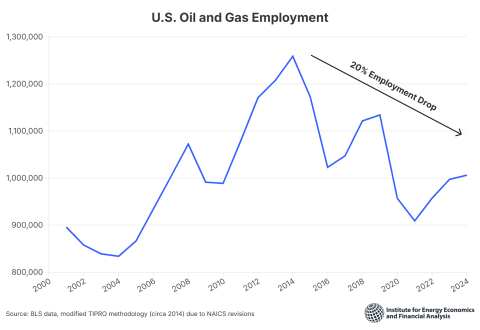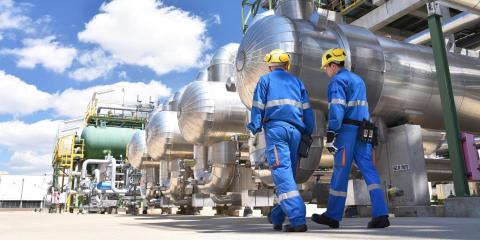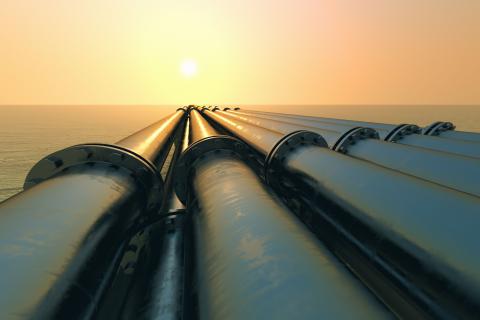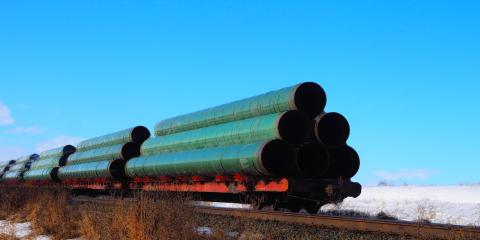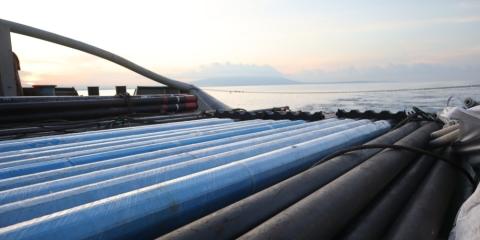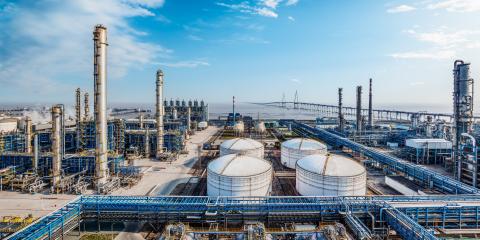Comments on Request for Extension to construct proposed NESE pipeline
Download Full Version
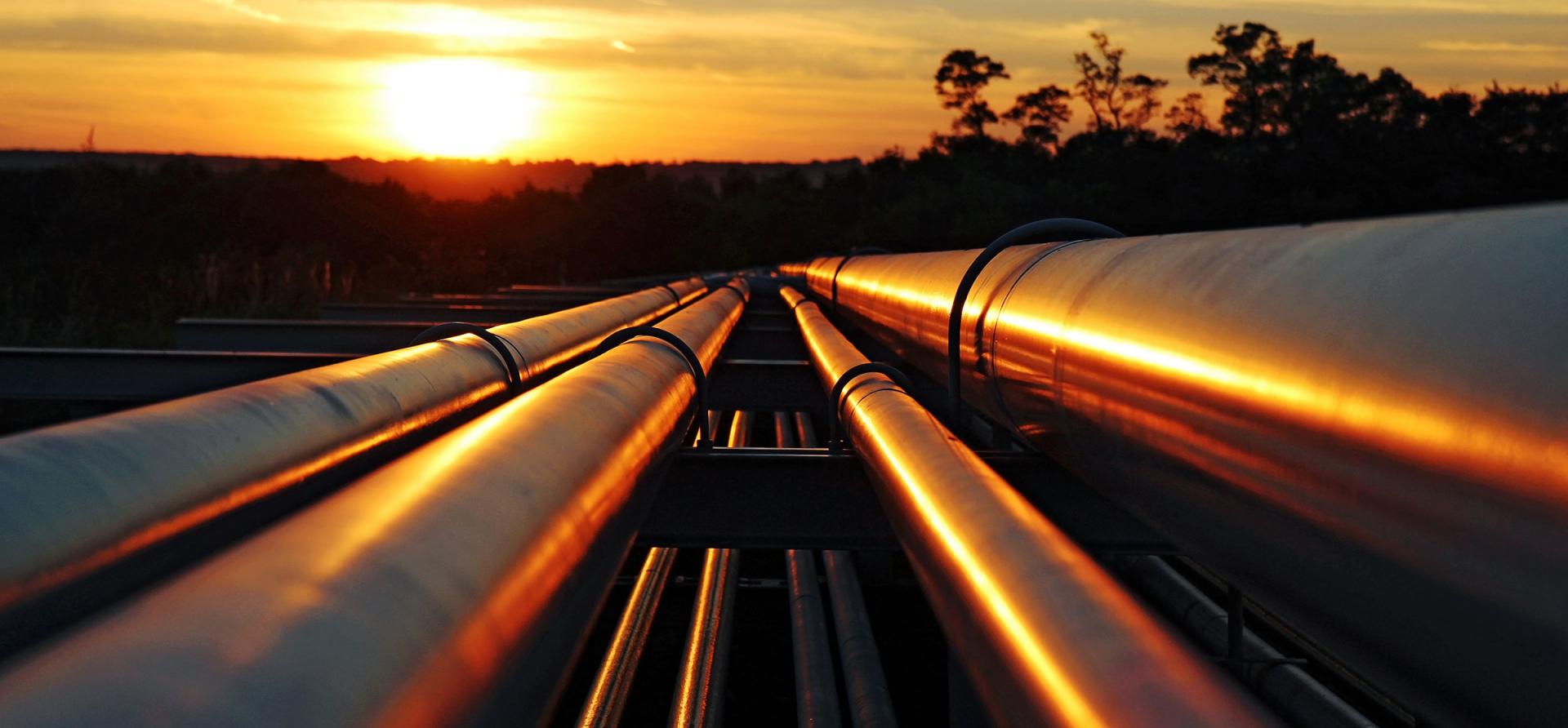
May 19, 2023
Kimberly D. Bose
Secretary
Federal Energy Regulatory Commission
888 First Street, NE
Washington, DC 20426
RE: Transcontinental Gas Pipe Line Company, LLC, Docket No. CP17-101-005 Comments on Request for Extension to construct proposed NESE pipeline
Dear Secretary Bose:
The Institute for Energy Economics and Financial Analysis (IEEFA) provides the following comments for your consideration regarding the request submitted by Transcontinental Gas Pipe Line Company, LLC for a two-year extension of the deadline to construct its proposed Northeast Supply Enhancement (NESE) pipeline.[1] The Federal Energy Regulatory Commission (FERC) issued the Certificate of Public Convenience and Necessity for the project in 2019, requiring completion of construction by May 3, 2021.[2] FERC granted an extension of that deadline to May 3, 2023.[3]
The final Environmental Impact Statement (EIS) for the NESE project—which would entail construction of a system of 42- and 26-inch-diameter natural gas pipeline loops and related infrastructure in New York, New Jersey and Pennsylvania— was issued on January 25, 2019,[4] more than four years ago. The requested two-year extension to May 3, 2025, would allow the project to be constructed and launched more than six years after the EIS was completed.
FERC’s regulations require the agency to set a deadline for construction, and the Commission has stated the purpose of construction deadlines is “to ensure that the facts, analysis, and rationale regarding a particular proposal do not grow stale.”[5]
FERC should consider whether the information in the 2019 EIS has grown stale in at least three ways.
First, the substantial increase in exports of liquified natural gas (LNG) appear to have placed upward pressure on domestic gas prices, and this impact is likely to increase as more LNG export facilities come online.[6] FERC should examine the extent to which higher domestic natural gas prices, passed along to the consumer, affect the attractiveness of non-pipeline energy alternatives that also entail fewer adverse environmental impacts than the proposed NESE project.
Second, new policies at both the state and federal level have been developed that support alternatives to manage energy demand. The comments letter submitted to this docket by the New York State Department of Environmental Conservation (NYSDEC) outlines a number of relevant federal and state energy policy changes that have been adopted since the EIS was completed that promote energy efficiency and clean energy alternatives or require greater scrutiny of projects that increase greenhouse gas emissions.[7]
Third, evaluations of greenhouse gas emissions on a lifecycle basis must consider new research indicating that prior estimates of methane gas leakage from pipeline systems may be significantly understating the risk. The federal Environmental Protection Agency (EPA) relies on a model for estimating methane emissions from oil and gas operations,[8] but several studies have demonstrated the model falls well short of identifying methane emissions consistent with observations in the field. A 2022 study published in Environmental Science & Technology, reporting the results of a basin-wide airborne survey of methane in the Permian Basin in New Mexico, found methane emission levels to be 6.5 times higher than the EPA model would predict.[9] Some smaller-scale studies found lower emission levels, but still significantly higher than the model prediction. A 2021 Stanford University study measured methane levels at rates 1.5 to two times higher than the EPA model would predict, and noted unintentional leaks were responsible for almost half of all methane emissions in the oil and gas sector.[10] A 2018 study published in the journal Science found emission rates 60 percent higher than the EPA model’s estimate,[11] and a 2019 academic study based on direct observations of methane emissions from four major urban centers on the east coast found that observed methane emissions were roughly twice that reported in the EPA inventory.[12]
Thank you for your consideration of these comments.
Respectfully submitted,
Suzanne Mattei
Energy Policy Analyst
[1] See FERC docket no. CP17-101-005, Document accession no. 20230504-3021.
[2] Transcontinental Gas Pipe Line Company, LLC, 167 FERC ¶ 61,110 (2019).
[3] Transcontinental Gas Pipe Line Company, LLC, 175 FERC ¶ 61,148 (2021).
[4] See FERC. Final Environmental Impact Statement (EIS) for the Northeast Supply Enhancement Project. January 25, 2019, p. 2-1.
[5] Order Denying Rehearing, Iroquois Gas Transmission System, L.P., 104 FERC ¶ 61,307, at ¶14 (Sept. 17, 2003).
[6] IEEFA. Global LNG Outlook 2023-27. February 15, 2023. Also see: IEEFA. LNG exports may spell trouble on the horizon for U.S. consumers. April 24, 2023.
[7] NYSDEC. Comments opposing extension request based on new environmental concerns, changes in need, and changes in policy and law of the New York State Department of Environmental Conservation. FERC docket No. CP17-101, Document accession no. 20230510-5058 (May 19, 2023).
[8] U.S. Environmental Protection Agency. Inventory of U.S. Greenhouse Gas Emissions and Sinks. April 14, 2022,
[9] Y. Chen, et al. Quantifying regional methane emissions in the New Mexico Permian Basin with a comprehensive aerial survey. Environmental Science & Technology 56(7):4317-4323. March 23, 2022.
[10] J. Rutherford, et al. Closing the methane gap in U.S. oil and natural gas production emissions inventories. Nature Communications. 12(1):4715. 2021.
[11] R. Alvarez, et al. Assessment of methane emissions from the U.S. oil and gas supply chain. Science 361(6398):186-188. June 21, 2018.
[12] Genevieve Plant, et al., Large fugitive methane emissions from urban centers along the U.S. east coast, Geophysical Research Letters 46 (14): 8500-8507, July 28, 2019.



